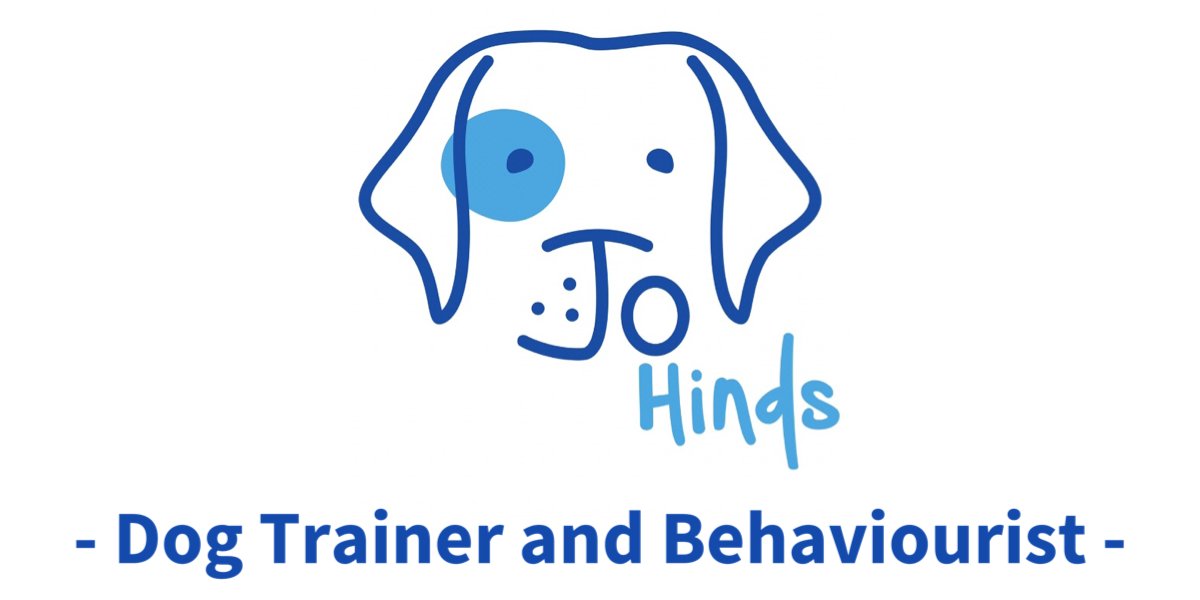Dogs that are busy, overexcitable, or restless are often overlooked when it comes to discomfort and pain. In the park, these dogs may run around off-lead like mad, are maybe play-obsessed, might constantly pull on the lead, may not nap during the day, shift frequently during sleep and are generally just on the go constantly.
Surely, if they can do all that, there’s no way they can be in pain, right?
Like us, dogs manage discomfort in many different ways
During my pregnancy, I experienced symphysis pubic dysfunction, where my pelvis started to move unevenly, I was more susceptible to this due to other conflicting conditions I have, including hypermobility syndrome.

Although I’ve had physio for the condition, I still have discomfort in my pelvis when stationary or lying on my back. However, when I continue to move, the pain disappears, and I can walk for miles.
Vet examination
During veterinary exams, dogs like this often do not show pain when examined, if the vet even gets a chance to examine them. Add any type of fear response on top of this when being handled, and the vet has no chance of feeling or seeing the discomfort.
When feeling fearful or overly excited, adrenaline is released, causing blood vessels to constrict, and diverting blood to major muscle groups like the heart and lungs. This surge in adrenaline reduces the body’s sensitivity to pain, allowing you to keep running from or confronting danger even if injured.

Many working breeds get overlooked when it comes to pain; these dogs were bred to work, and many would continue to do so until they dropped, if not managed carefully. I have worked with many who remained extremely active despite severe hip and elbow dysplasia, broken bones, cruciate tears, dislocations and more.
Effects of repetitive ball or toy play
Typically these are the breeds many people try and tire out with repetitive ball or toy-chasing games, believing that it helps with their working needs. Repeated back-and-forth chasing does not provide a natural outlet for any dog breed or type. It may hone into the chase part of a predatory sequence but that’s it. Spaniels for example are bred to flush prey into the sky and then retrieve the game that has been shot, Collies are bred to stop and start movement slowly and concisely. Jack Russells are bred to chase prey down but they either chase and the prey gets away or they chase and are successful in catching it and shaking them.
The way humans play leaves dogs in this adrenaline-fuelled state which makes them more over aroused and harder to tire. It increases adrenaline levels which can then become addictive looking like the dog is loving it but the dog is unable to switch off, which can then lead to unnatural obsessive behaviour in some dogs. It can take many hours for adrenaline levels to drop. Adrenaline, also known as epinephrine, is a stress hormone, repeated elevation of this, can increase anxiety and stress levels in other areas of your dog’s life.

When a dog is already in pain, certain behaviours can become addictive because elevated adrenaline levels can decrease the perception of pain. This reduction in pain perception may lead the dog to seek out activities that trigger the release of adrenaline, creating a cycle where the behaviour becomes addictive as a means of temporarily alleviating discomfort.
Chase games particularly ball play put dogs at very high risk of injury in the dog’s limbs, particularly the ligaments in the toes, wrists, and knees and when the ball bounces in unpredictable directions, it also poses a danger of injuries to other parts of the body, including bones, ligaments, joints, and muscles. Learn more about the effects of ball throwing in dogs.
Dogs are stoic, which is why conducting Dynamic Dog assessments is so important and has helped thousands of dogs get the support they need.
Either contact me or look for a Dynamic Dog practitioner in your area.


You must be logged in to post a comment.